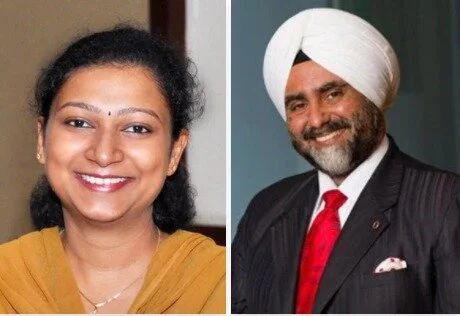HVS Monday Musings: Food for Thought - Reimagining F&B at Hotels in India
/Dipti Mohan, Senior Manager - Research, New Delhi & Mandeep S Lamba, MRICS, President (South Asia), New Delhi
Food & Beverage (F&B) has always been a significant component of hotel operations and revenue. Several hotel chains have created their own iconic in-house restaurant brands over the last few decades. Dining at these hotel restaurants, known for their high-quality cuisine and celebrated chefs, had a novelty factor that was missing from the options available outside of hotels.
However, over the last decade as the retail boom started gaining momentum, hotel restaurants soon began losing guests to the slew of high-end, new-age, standalone restaurant brands that were promising unique dining experiences to guests. Changing demographics, evolving preferences of diners, and the fact that these younger, more trendy and less formal places provided a great variety of quality food and ambience at more ‘affordable’ prices helped increase their popularity. The growth of shopping malls and mixed-use restaurant districts facilitated these chains to expand their presence across the country, resulting in lower footfalls at hotel restaurants. As a result, most hotels started reducing the number of F&B options at their premises to counter the loss in demand.
Is Covid-19 the inflexion point of this trend?
There is no denying that the Hotels and Restaurants sectors have been two of the worst hit by the ongoing COVID-19 pandemic. Though hotels have started witnessing a gradual increase in occupancy, recovery for restaurants, especially for dine-in, has been relatively slow as most people are still worried about dining out.
This model can create a win-win situation for both hotels and restaurants in the current scenario. Hotels not only get an opportunity to win-back the customer share they had lost out to standalone restaurants over the last few years, but can also draw in footfalls and revenues during periods of low occupancy by marketing the restaurant as a destination in itself. Meanwhile, the restaurants get an opportunity to renew operations at much affordable costs with the added benefit of a captive clientele.






